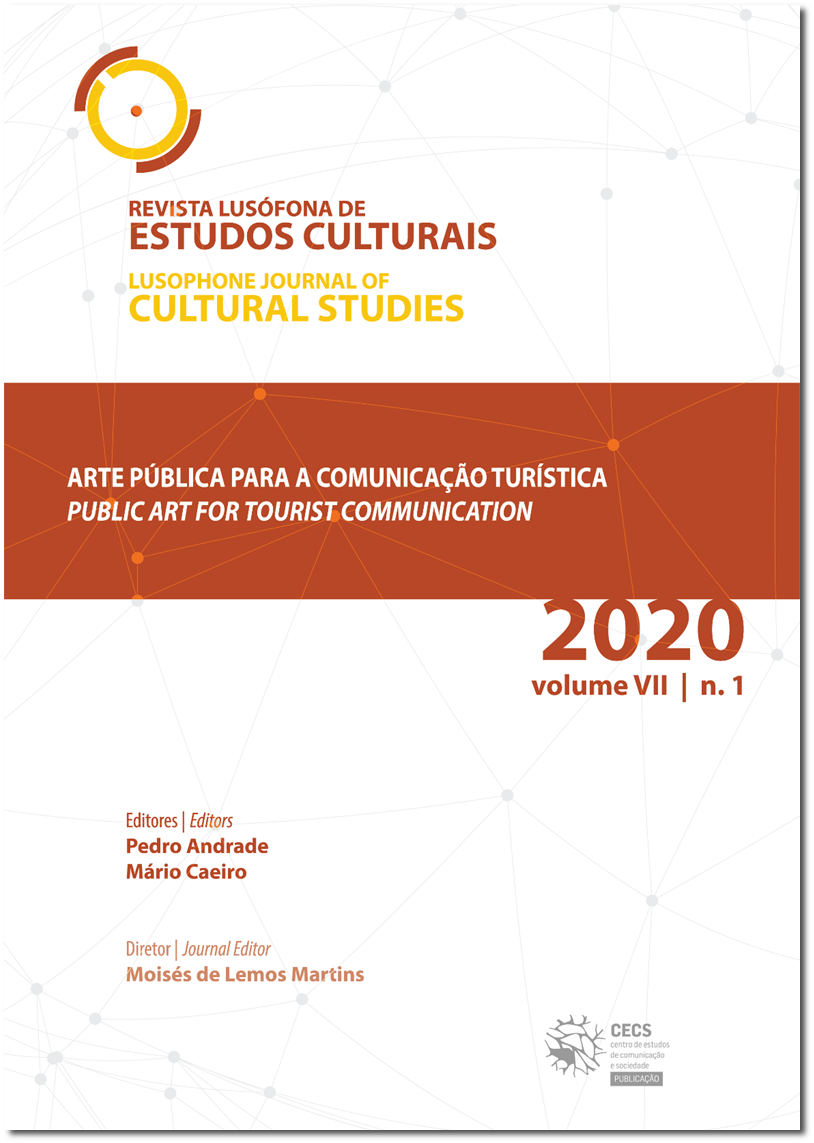Raising the word from images of fiction: a matter of public science or public art?
DOI:
https://doi.org/10.21814/rlec.2213Keywords:
interview, public sociology, archive, video-elicitation, fictionAbstract
Based on a novel approach to interviewing that was recently applied in the context of an interdisciplinary research project combining sociology and cinema, this article proposes a discussion of the stakes involved in the use of video-elicitation, i.e. the conducting of interviews prompted by the viewing of images, and in this case realistic fiction images. One can first see video-elicitation as an opportunity for social science research when it seeks to overcome a wellknown difficulty associated with the risk of having the researcher imposing issues on the respondents in the context of an interview survey. On a broader level, one can also see it as an opportunity for a public, citizen-based science that is attentive to the involvement of social actors in their questioning and analysis, and that respects their practical expertise and integrates the latter into a form of co-construction of knowledge. Finally, it can be seen as an artistic opportunity, with the opening up of a new repertoire of public expression combining artistic productions from the past (fictional audio-visual archives), the renewed use of these productions in multimedia works that stimulate emotions and reactions, and the proposal, through new technological media, of an aesthetic appropriation that is closer to sensory experience, and that takes the form of public art. Under these conditions of use, audio-visual fiction archives could find a renewed value that one could associate with the heritage movement and the search for roots that characterize our globalized and ever-changing societies.Downloads
References
Bourdieu, P., Chamboredon, J.-C. & Passeron, J.-C. (1968). Le métier de sociologue. Paris, La Haye: Mouton.
Brecht, B. (2000). Écrits sur le théâtre. Paris: Gallimard.
Burawoy, M. (2005). For public Sociology. American Sociological Review, 70, 4-28. https://doi.org/10.1177/000312240507000102
Cesaro, P. & Fournier, P. (2015). De la fiction faire science. Mobiliser un feuilleton télévisé des années 1960 pour parler autrement du travail dans le nucléaire. Images du travail, travail des images, 1. Retirado de http://imagesdutravail.edel.univ-poitiers.fr/index.php?id=556
Collier, J. Jr. & Collier, M. (1967). Visual Anthropology: photography as a research method. Albuquerque: University of New Mexico Press.
Flaherty, R. (Realizador). (1922). Nanook of the North [Filme]. Estados Unidos da América.
Fournier, P. (2012). Travailler dans le nucléaire. Enquête au cœur d’un site à risques. Paris: Colin.
Girard, V. (2017). Le vote FN au village. Trajectoires de ménages populaires du périurbain. Paris: Éditions du Croquant.
Giddens, A. (1987). La constitution de la société. Eléments de la théorie de la structuration. Paris: PUF.
Keigel, L. (Realizador). (1968). Les Atomistes [Série]. França: ORTF.
Rossignol, S. (2009). Notre usine est un roman. Paris: La Découverte.
Rouquier, G. (Realizador). (1946). Farrebique [Filme]. França.
Rouquier, G. (Realizador). (1983). Biquefarre [Filme]. França.
Schaeffer, J.-M. (1999). Pourquoi la fiction ? Paris: Seuil.
Schaeffer, J.-M. (2002). De l’imagination à la fiction. Vox poetica. Lettres et sciences humaines. Retirado de http://www.vox-poetica.org/t/articles/schaeffer.html
Theureau, J. (2010). Les entretiens d’autoconfrontation et de remise en situation par les traces matérielles et le programme de recherche “cours d’action”. Revue d’anthropologie des connaissances, 2, 287-322. https://doi.org/10.3917/rac.010.0287
Downloads
Published
How to Cite
Issue
Section
License
Authors own the copyright, providing the journal with the right of first publication. The work is licensed under a Creative Commons - Atribuição 4.0 Internacional License.












